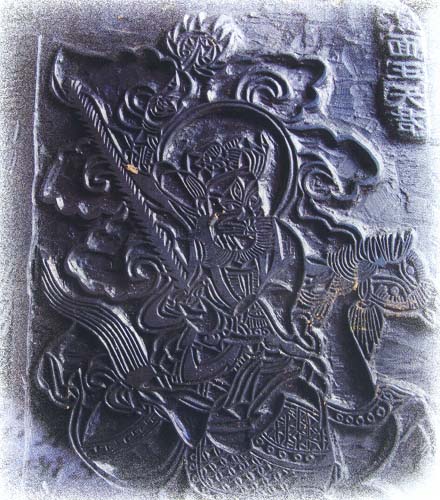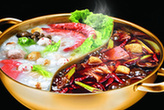 |
|
|
The divine horse of Tengchong merges calligraphy, painting and carving into an organic whole. Its shape is striking, bold, free and varied, far from the stereotype of a typical, simple woodcarving. The artist draws inspiration from people and nature and produces unrestrained creations in line with his understanding of deities and bodhisattvas. The patterns include deities, ghosts, spirits, birds, animals, mountains and rivers. According to analysis of existing works, the divine horse of Tengchong mainly draws on the following subject-matter: first, worship of nature in primitive religion, such as heaven and earth, the sun palace, the moon hall, and the mountain god; second, hunting and traveling in the agricultural society, such as male and female deities of land, the hunting god, and the god of transportation; third, celebrations and domestic matters, such as the god of marital intimacy and the god of safety; fourth, worship of ancestors, ghosts and spirits, such as Marquis Guan Yu; fifth, the deities of different trades, such as Confucius and the woodworking master Lu Ban. Confucius classics are also reflected in paper horse, which tells people what should and should not be done and has the practical significance of social education. A large number of woodblock paintings with Buddhist scriptures can be included among works of paper horse.
In Tengyue Divine horse Art Gallery of Heshun Town, Tengchong County, 303 woodblocks carved with divine horses-collections of Mr. Jia Zhiwei-are on exhibition. These woodblocks reflect the history of almost 200 years in the development of the art of divine horse. They are an invaluable resource as research on folk customs and religion, as well as being a precious art collection. The curious, fantastic images on the woodblocks, the primitive straightforwardness and unruliness are wonderfully esoteric.
Paper horse, this art that originated in the Central Plains and has been little known for a long time, has been preserved in the region inhabited by minority ethnic groups in the depths of the mountains in Yunnan Province. Compared with such highbrow art as elegant porcelainware and exquisite brocade embroidery, paper horse is but "a song of the rustic poor" -colorless and in plain clothes. However, in their conscientiously observed deities, a unique and strongly human element can be gleaned, and by closely examining those characters, you will learn a bit about the actual lives and spiritual sustenance of their ancestors.
Editor: Liu Xiongfei





Why not rent a boyfriend, or girlfriend to please parents during the Spring Festival?